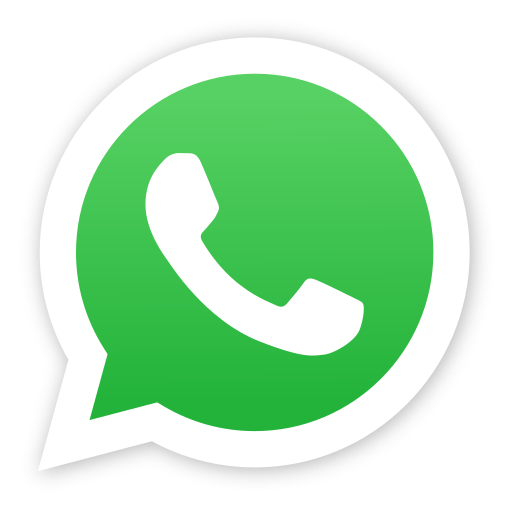Table of Contents
The Smart Communications Healthcare Benchmark Report is more than just a survey—it’s a mirror reflecting the evolving relationship between healthcare providers and patients. Released amid growing calls for smarter, tech-enabled healthcare systems, the report outlines how well organizations are adopting modern communication practices. But what does the data really say? Are healthcare providers meeting expectations, or falling behind?
This article unpacks the Smart Communications Healthcare Benchmark Report to reveal critical insights, surprising shortcomings, and areas of opportunity that healthcare leaders must urgently address.
What Is the Smart Communications Healthcare Benchmark Report?

The Smart Communications Healthcare Benchmark Report is an annual survey that evaluates how effectively healthcare organizations are embracing digital transformation—especially in patient communication. It benchmarks various factors, including:
- Personalization of communication
- Use of digital channels
- Data security and compliance
- Efficiency of patient experiences
- Overall digital maturity
The report surveys senior executives, healthcare providers, IT leaders, and patient communication managers. It aims to paint a complete picture of how healthcare systems perform in the communication era.
1. Poor Personalization Still Plagues Healthcare Communication
According to the Smart Communications Healthcare Benchmark Report, over 62% of organizations admit they still rely heavily on generic templates when communicating with patients. This lack of personalization can negatively impact patient trust and engagement.
Patients want to feel like individuals, not case numbers. Yet many providers fall short by delivering one-size-fits-all messages that fail to meet unique patient needs. The report calls this an “urgent disconnect” between healthcare intent and patient reality.
2. Digital Channel Usage Remains Surprisingly Low
Despite a global shift toward digital-first services, the Smart Communications Healthcare Benchmark Report finds that only 28% of providers actively use modern digital channels such as mobile apps, patient portals, or SMS-based systems to communicate with patients.
Many still rely on outdated tools like printed mail or email, leading to slow response times and frustration. In contrast, 71% of patients surveyed said they preferred communication via instant and accessible platforms—suggesting a significant digital gap.
3. Security Measures Are Lagging Behind Expectations
One of the more alarming findings from the Smart Communications Healthcare Benchmark Report is that only 41% of organizations feel fully confident in their current data security strategies. As healthcare becomes increasingly digital, so do the threats to sensitive patient information.
With stricter regulations like HIPAA and GDPR in place, failing to secure patient data can result in both legal action and loss of trust. The report warns that unless organizations invest in stronger cybersecurity practices, they risk serious consequences.
4. Administrative Overload Hurts Communication Flow
Healthcare professionals are overwhelmed. According to the Smart Communications Healthcare Benchmark Report, more than half of respondents said they spend a considerable amount of time managing paperwork and manual processes. This directly impacts the quality and speed of patient communication.
By automating routine tasks, providers could improve response times, reduce errors, and free up time for real patient care. However, only 30% of organizations said they had implemented full-scale automation tools in their communication workflow.
5. Positive Trends: Increased Awareness of Communication Gaps
Not all the findings are negative. One encouraging insight from the Smart Communications Healthcare Benchmark Report is that 78% of healthcare executives now recognize the need to modernize patient communication.
This growing awareness has led to increased investments in communication platforms and digital strategies, signaling a more patient-focused approach in the near future.
6. Patients Want Transparency—but Few Get It
Transparency in communication is a growing demand, especially among younger patients. But the Smart Communications Healthcare Benchmark Report shows that only 34% of patients feel they are “clearly informed” about their treatment plans, billing, or appointment scheduling.
Healthcare systems that embrace transparency see better patient retention, stronger satisfaction ratings, and improved clinical outcomes. It’s not just about ethics—it’s about effective care.
7. Success Stories Offer Hope and Direction
While many healthcare providers lag behind, the Smart Communications Healthcare Benchmark Report also highlights successful case studies. A few forward-thinking hospitals have fully integrated AI-powered platforms that allow patients to:
- View treatment summaries
- Ask follow-up questions
- Reschedule appointments
- Receive medication reminders
- Access test results in real-time
These features not only enhance the patient experience but also reduce staff workload and improve overall operational efficiency.
Key Takeaways from the Smart Communications Healthcare Benchmark Report
- Patient-first strategies are essential but under-implemented.
- Digital maturity is still in its infancy for most organizations.
- Security and compliance must become top priorities.
- Automation can ease admin burdens and enhance accuracy.
- Transparency leads to more trust, loyalty, and satisfaction.
What Needs to Happen Next?

Healthcare providers must take bold action to close the communication gap. The Smart Communications Healthcare Benchmark Report recommends:
- Investing in AI-driven communication platforms
- Offering multiple digital channels to meet patients where they are
- Making communication personalized and proactive
- Strengthening security infrastructure
- Regularly training staff in digital tools and communication skills
By doing so, healthcare organizations can create stronger, safer, and more satisfying experiences for their patients.
Conclusion
The Smart Communications Healthcare Benchmark Report sheds light on a sector caught between tradition and transformation. While the intent to innovate is evident, the execution remains inconsistent. Healthcare providers who act now—by modernizing, securing, and personalizing communication—can position themselves as leaders in a new era of patient-centered care.
The message is clear: smart communication isn’t just a nice-to-have—it’s the future of healthcare.
Also Read – 7 Powerful Reasons Water Company NEOM Wins Global Recognition



